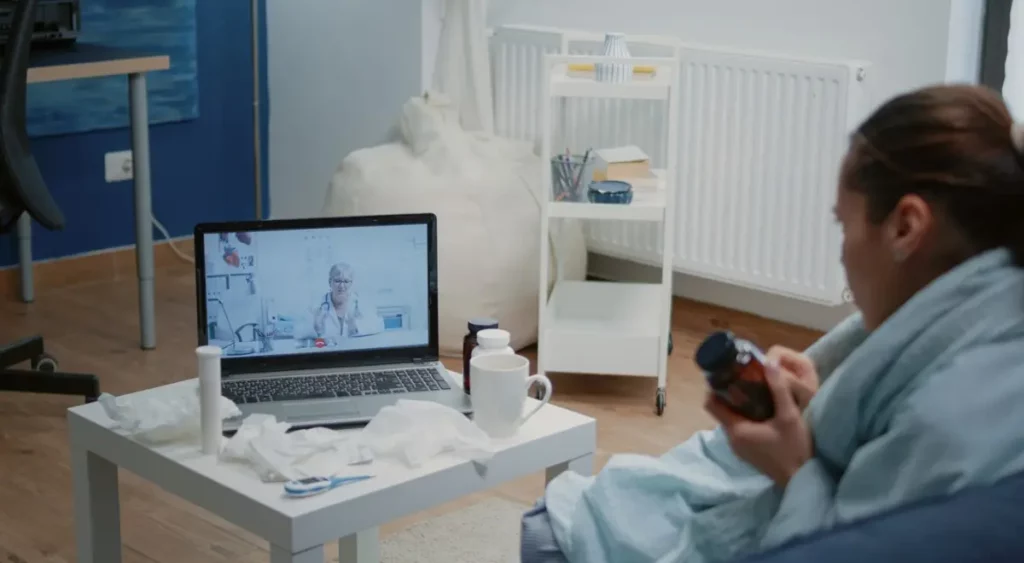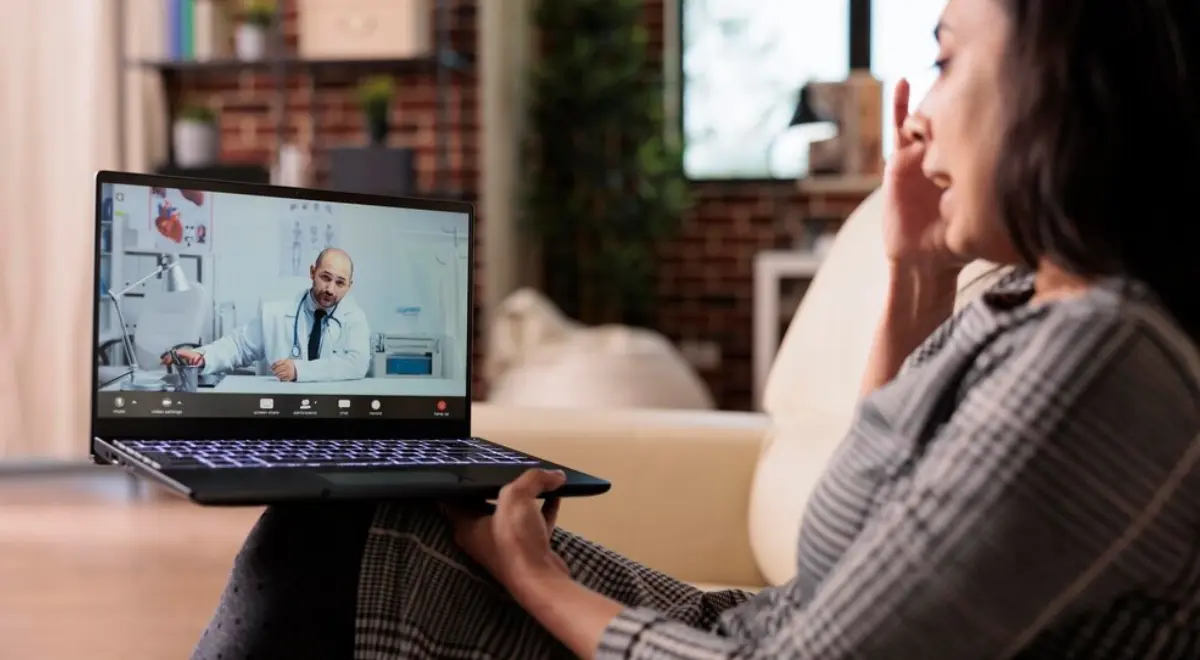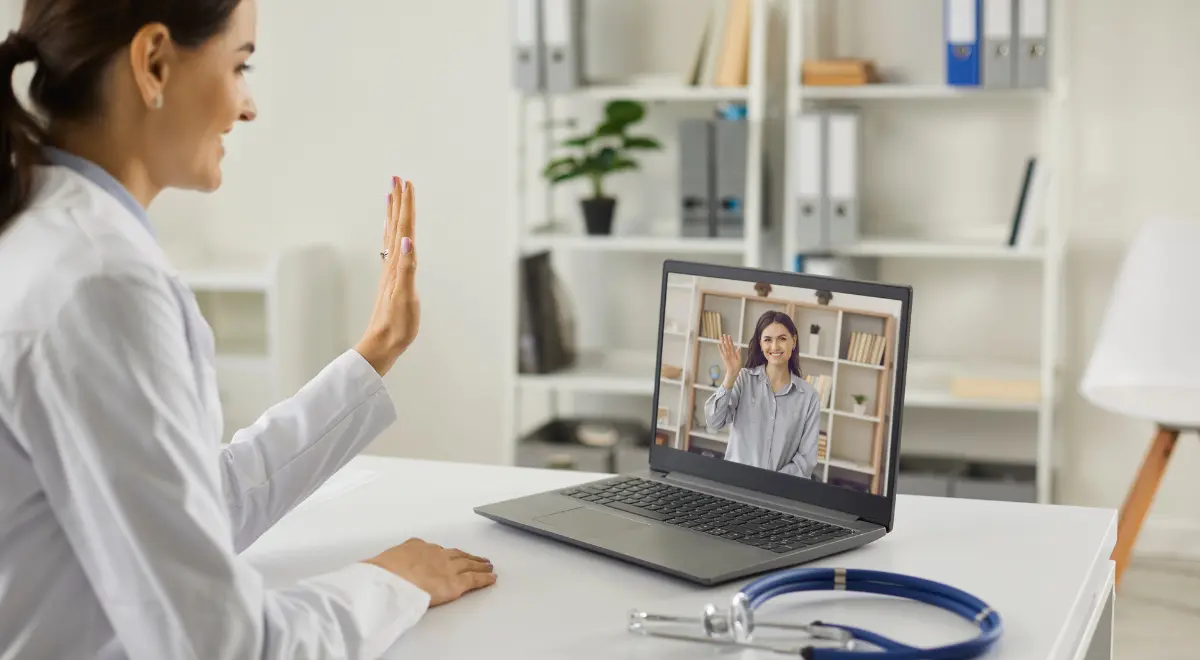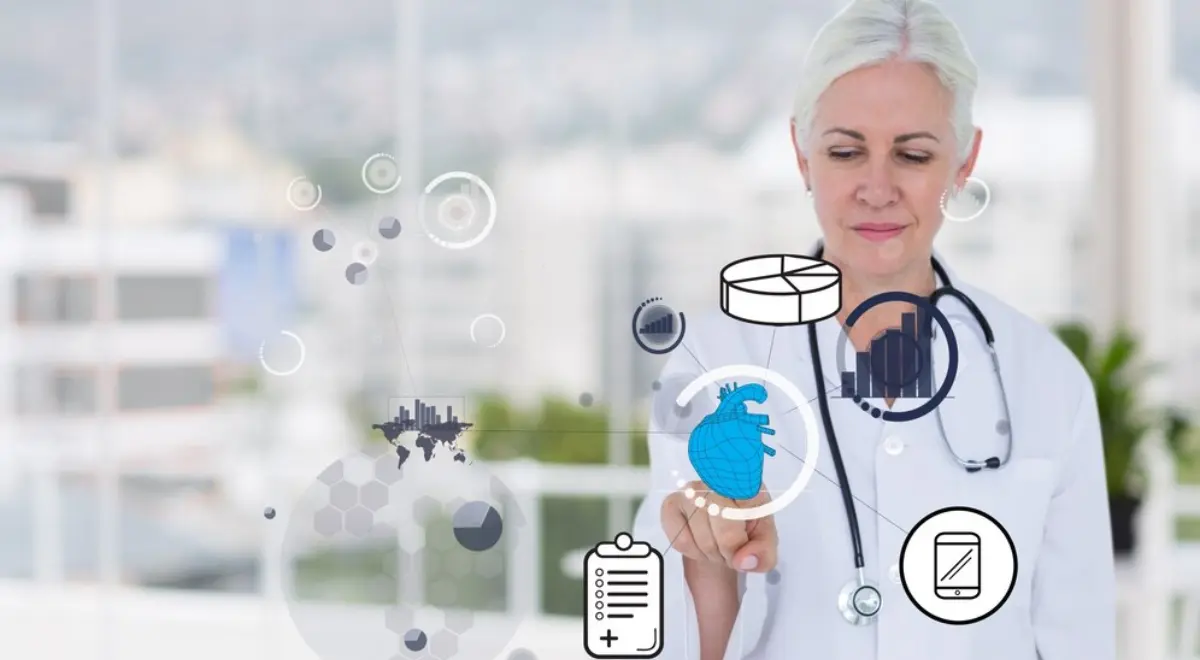Remote Therapeutic Monitoring (RTM) For Musculoskeletal Care

The need to provide effective, patient-centered treatment remotely has led to a digital revolution in the healthcare industry. Amongst other remote care programs, this patient focused care outside of in-person visits for musculoskeletal conditions has led to Remote Therapeutic Monitoring (RTM).
With remote therapeutic monitoring, medical professionals can oversee patients remotely and keep an eye on their development and reaction to treatment plans in between sessions. RTM enables healthcare professionals to remotely monitor a patient’s overall health status, therapy adherence, and treatment progress via digital tools and equipment.
Table of Contents
ToggleWhy Remote Therapeutic Monitoring?
RTM is effective for monitoring individuals with chronic diseases or those recovering from surgery or injury and have shown positive results in patients requiring musculoskeletal care. RTM has evolved as a solution for managing musculoskeletal conditions and enabled by digital healthcare systems, it contributes to the collection of continuous, real-time data on patients’ progress and treatment response.
The data obtained through RTM is valuable as it allows healthcare providers to spot patterns, recognize health issues, and manage adverse occurrences at an early stage. This proactive approach allows for prompt interventions and optimizes therapeutic efforts to keep recovery progress on track.
Not only this, RTM enables providers to deliver individualized and effective care, hence improving therapy outcomes. Beyond its clinical benefits, it promotes patient empowerment and help participants in managing their musculoskeletal disorders by providing timely feedback and adhering to prescribed therapy routines.
Advantages of RTM in Musculoskeletal Care
Integrating RTM into musculoskeletal therapy benefits both patients and healthcare providers. Let’s delve deeper into some of the advantages of RTM, other than improved access to care and tailored therapy plan.
- Enhanced Patient Experience
Patients can get timely feedback on their progress and performance, which encourages them to follow prescribed therapy/ exercises and actively participate in the rehabilitation process. This increased involvement leads to enhanced treatment plan adherence, care results, and satisfaction.
- Personalized Care Plans
With remote monitoring devices, RTM allows therapists to personalize treatment regimens to the patient’s specific requirements and reaction to therapy. This strategy optimizes outcomes and enhances the entire patient experience by ensuring that care is closely aligned with individual needs.
- Better Access to Care
RTM enables therapists to provide tailored care even when patients are not in the clinic. This enables patients to take part in their recovery goals in a better way.
- Improved Therapeutic Adherence
RTM can increase the therapeutic adherence by increasing patient-provider interactions, allowing for real-time treatment plan revisions, and fostering a sense of mutual understanding in managing the patient’s health.
- Better Results and Satisfaction
RTM encourages patients to adhere more closely to their treatment plans by enhancing their access to care. This increased level of adherence can lead to better health outcomes and more satisfaction with the care received.
- Increased Revenue and Reimbursements
RTM helps providers in generating more revenue by providing reimbursable, asynchronous care in between in-person visits and encouraging continuous patient involvement.
Maximizing Care through AI and Machine Learning
Artificial intelligence (AI) and machine learning (ML) can greatly improve the interpretation of movement data in RTM, offering critical insights for healthcare professionals to fine-tune care regimens and improve patient outcomes. These modern therapy systems can manage massive volumes of movement data, identifying patterns and extracting vital information to aid clinical decision-making and treatment plans.
Improving Efficiency & Reimbursements With Automated Data Collection
Remote Therapeutic Monitoring (RTM) requires careful consideration of the billing procedure. Providers should select platforms that automate daily operations like data collecting and RTM qualification analysis to speed up the process of applying qualified claims.
Platforms that provide extensive RTM reporting can boost productivity by supporting accurate and timely documentation, which is critical for successful reimbursement and long-term remote care programs.
Realize the Potential of RTM in Musculoskeletal Care With HealthArc
Remote therapeutic monitoring is an effective healthcare approach to improving musculoskeletal care. It uses real-time data on patients’ progress and treatment response, can improve outcomes, increase patient engagement, and optimize resource use.
Musculoskeletal clinicians like Primary Care Physicians, Physical Therapists (PTs), Orthopedists, Chiropractors who adopt RTM and supporting digital technologies can provide consistent care to patients and significantly improve health outcomes.
With HealthArc’s RTM platform, therapists can successfully improve their healthcare practice, increase patient results, and simplify reimbursement procedures. Want to know how we can help you achieve your clinical goals and maximize reimbursement? Request a free demo or call our team at +201 885 5571 now. For information on RTM billing codes, please visit our blog.
Most recent blogs
Categories
- Advanced Primary Care Management
- Behavioral Health Integration
- Cellular Remote Patient Monitoring
- Chronic Care Management
- Chronic Care Management Billing
- Chronic Care Management CPT Codes
- Chronic Care Management Program
- Chronic Care Management Software
- Digital Health Platform
- Principal Care Management
- Principal Care Management CPT Codes
- Remote Care Programs
- Remote Monitoring Devices
- Remote Patient Care
- Remote Patient Monitoring
- Remote Patient Monitoring Billing
- Remote Patient Monitoring CPT Codes
- Remote Patient Monitoring Devices
- Remote Patient Software
- Remote Therapeutic Monitoring
- Remote Therapeutic Monitoring Billing
- Remote Therapeutic Monitoring CPT Codes
- Telemedicine & RPM
- Transitional Care Management
- Transitional Care Management Billing
- Transitional Care Management CPT Codes
Related Posts
- January 10, 2025 | Read Time: 4 mins
Remote Therapeutic Monitoring: A Must-Have for Providers
- July 23, 2024 | Read Time: 8 mins
HealthArc Vs. Prevounce: Which One To Choose?
- June 21, 2024 | Read Time: 5 mins






